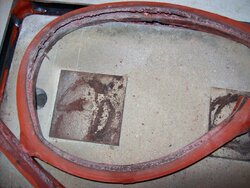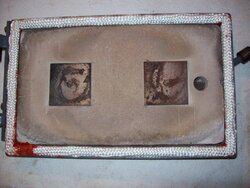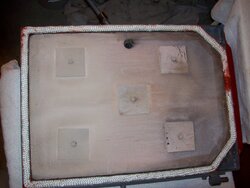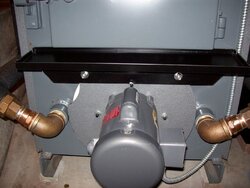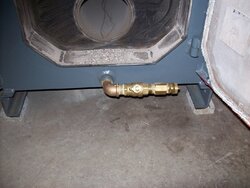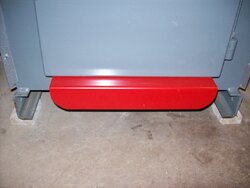Just this morning I had a conversation with someone about
"wondering" or
thinking out loud
In my opinion, wondering is the back bone of engineering and invention!
Case in point, I wonder what will happen if I take this big square stone and make it round. Or, I wonder what will happen if I take this loaf of white bread and slice it.
Sooo, I wonder what will happen if I spray water into the burn chamber of the WG is a good "wonder" and is not worth throwing kindling around.
However, AHS had already been wondering about this and on their new models the air intake damper opens a fraction and then closes, then opens a bit more and then closes and so on and so on until it is wide open. All the time the fan is on and purging the gases.
The cycle timer is almost always the culprit to an explosion.
The cycle timer is NOT the little timer on the front, that is the purge timer.
The cycle timer is a box with a 4 hour timer that turns on the WG to what ever you set it for.
This will help keep the coals "alive" so when its time to fire up because of a demand it will relight.
However, the cycle timer really isn't needed in the cold weather because most likely the WG will be turning on more regularly because of heat demands.
I have my timer set to turn on for 8 minutes every hour.
What can happen is the unit just shut down from a heat demand and then a few minutes later the cycle timer kicks on and PUFF.
I added an inline delay timer from Dayton that will keep the damper closed for 0-60 seconds (i set it for 45 sec) while the fan is on and purging any gases.
On the new models, the cycle timer resets itself if the unit turned so there will be no chance of a puff-back
I like AC, don't use the purge timer to reload, I have gotten into a system and routine and know when it will need to be fed and wait for it to turn on by itself.
Don't over think it.
The WG is safe, simple and will keep your family warm. Gee, don't I just sound like a salesmen

 They have recently started doubting their choice of boilers even more since another member disposed of his 4 years sooner than I disposed of mine. Proof that I tried to make it work.
They have recently started doubting their choice of boilers even more since another member disposed of his 4 years sooner than I disposed of mine. Proof that I tried to make it work. They have recently started doubting their choice of boilers even more since another member disposed of his 4 years sooner than I disposed of mine. Proof that I tried to make it work.
They have recently started doubting their choice of boilers even more since another member disposed of his 4 years sooner than I disposed of mine. Proof that I tried to make it work.


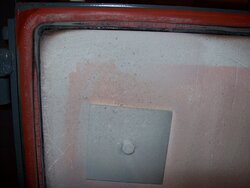
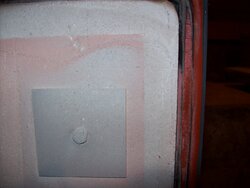
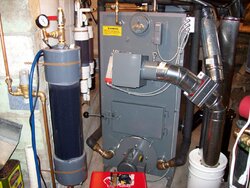
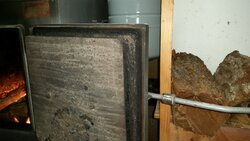
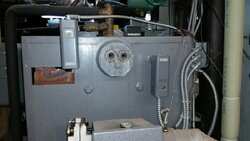
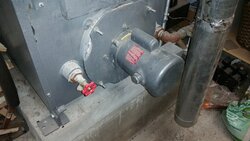
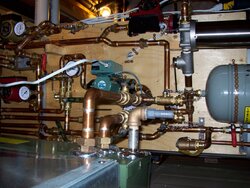
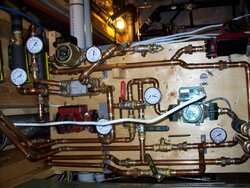
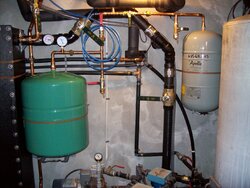
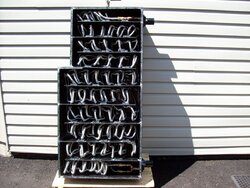
 !
!